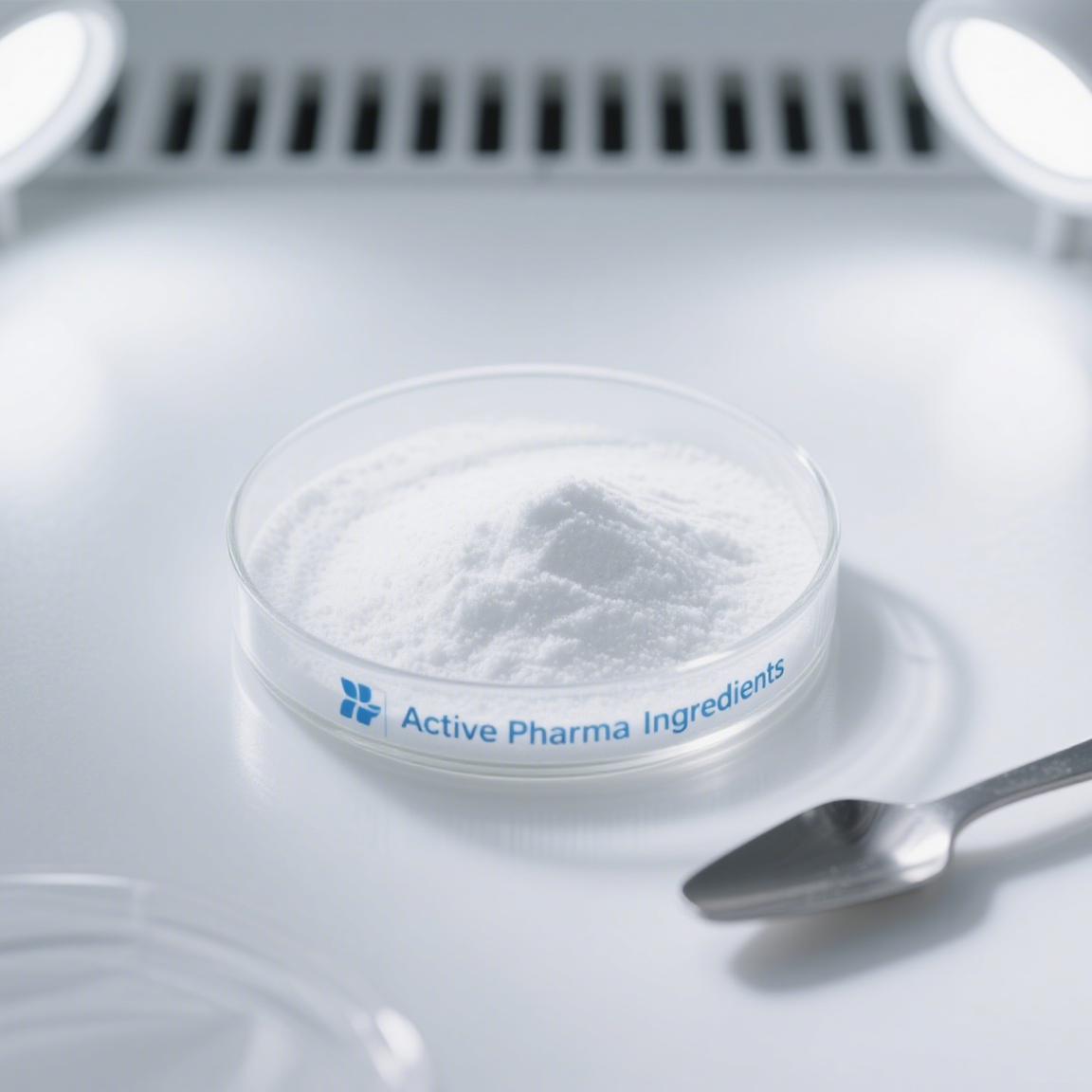Silane Coupling Agents
Silane Coupling Agents are a type of low-molecular-weight organosilicon compound that act as "molecular bridges" in materials science. They chemically bond two materials with very different properties (e.g., glass fibers and resins, metals and rubbers), significantly enhancing the performance of composites. As industries like renewable energy, electronics, and aerospace advance, silane coupling agents are becoming essential for improving material interfaces in modern manufacturing.
- Overview
- Recommended Products
The general molecular formula of silane coupling agents is Y-R-SiX₃:
Y: An organic group (e.g., amino, epoxy) that bonds with polymers like resins or rubbers.
R: A reactive group (e.g., amino, vinyl) that interacts with polymer chains, affecting flexibility and structure.
SiX₃: Hydrolyzable groups (e.g., methoxy or ethoxy) that react with water to form -Si-OH, creating strong bonds with inorganic materials like glass or metals. The "X" group determines how quickly hydrolysis occurs.
Based on their organic groups, common silane coupling agents can be classified as follows:
| Type | Functional Group | Main Uses | Superior Products |
| AMINO SILANE | -NH₂ | Epoxy resins, nylon, coatings | N-(β-AMINO ETHYL)-γ-AMINO PROPYL TRI METHOXY SILANE |
| EPOXY SILANE | -O-CH₂-CHO- | Epoxy adhesives, composite materials | γ-(2,3-EPOXY PROPOXY)PROPYL TRI METHOXY SILANE |
| VINYL SILANE | CH₂=CH- | PE crosslinking, silicone rubber | VINYL TRI METHOXY SILANE |
| METHACRYLOXY SILANE | CH₂=C(CH₃)COO- | Unsaturated resins, UV-curable coatings | γ-(METHACRYL OXYL)PROPYL TRI METHOXY SILANE |
| Other types include mercapto silanes, acyl silanes, and alkyl silanes. | |||
Key applications:
1.Surface Treatment: Strengthens bonds between glass fibers and resins, boosting composite durability and weather resistance.
2.Filled Plastics: Helps fillers like silica blend better with resins, improving mechanical strength and heat resistance.
3.Sealants, Adhesives, and Coatings: Acts as an adhesion promoter for better water resistance and long-lasting bonds.
4.Rubber Industry: Used for surface modification of fillers such as silica and carbon black, improving the strength and wear resistance of rubber.
5.Functional Polymers: Used in waterproof coatings, enzyme carriers, and moisture barriers.




